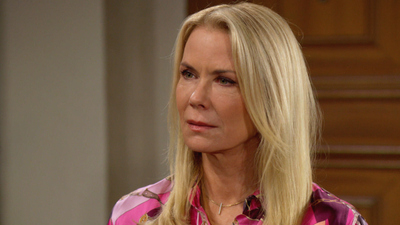Mother Jones; Yuri Gripas/Abaca/Zuma; Getty When I first skimmed through the Republican Party’s 2024 policy platform, a 16-page document titled “MAKE AMERICA GREAT AGAIN!,” much of it read as Trumpian but unsurprising. The platform, which is sprinkled with odd capitalization and an unusually high number of exclamation points, calls for launching the “largest deportation program in American history,” stopping “woke” government, and ending “market-distorting restrictions” on oil, natural gas, and coal. Though I hardly expected them to be , the terms “climate change,” “global warming,” or “the environment” aren’t mentioned.
But there was one section that stood out to me. In a chapter titled, “Bring Common Sense to Government and Renew the Pillars of American Civilization,” the plan calls for the restoration of “American Beauty”: Republicans will promote beauty in Public Architecture and preserve our Natural Treasures. We will build cherished symbols of our Nation, and restore genuine Conservation efforts.
That was it. No elaboration. This, to me, is weird.
What, specifically, are “our National Treasures?” What does it mean to restore “genuine” conservation efforts? And what is “beauty” in public architecture? As CNN quipped in its recent annotation of the party’s platform, “It’s not clear when or how Republicans feel American beauty ended, but they clearly want to restore it.” Of all things to rally behind, are Republic.


















